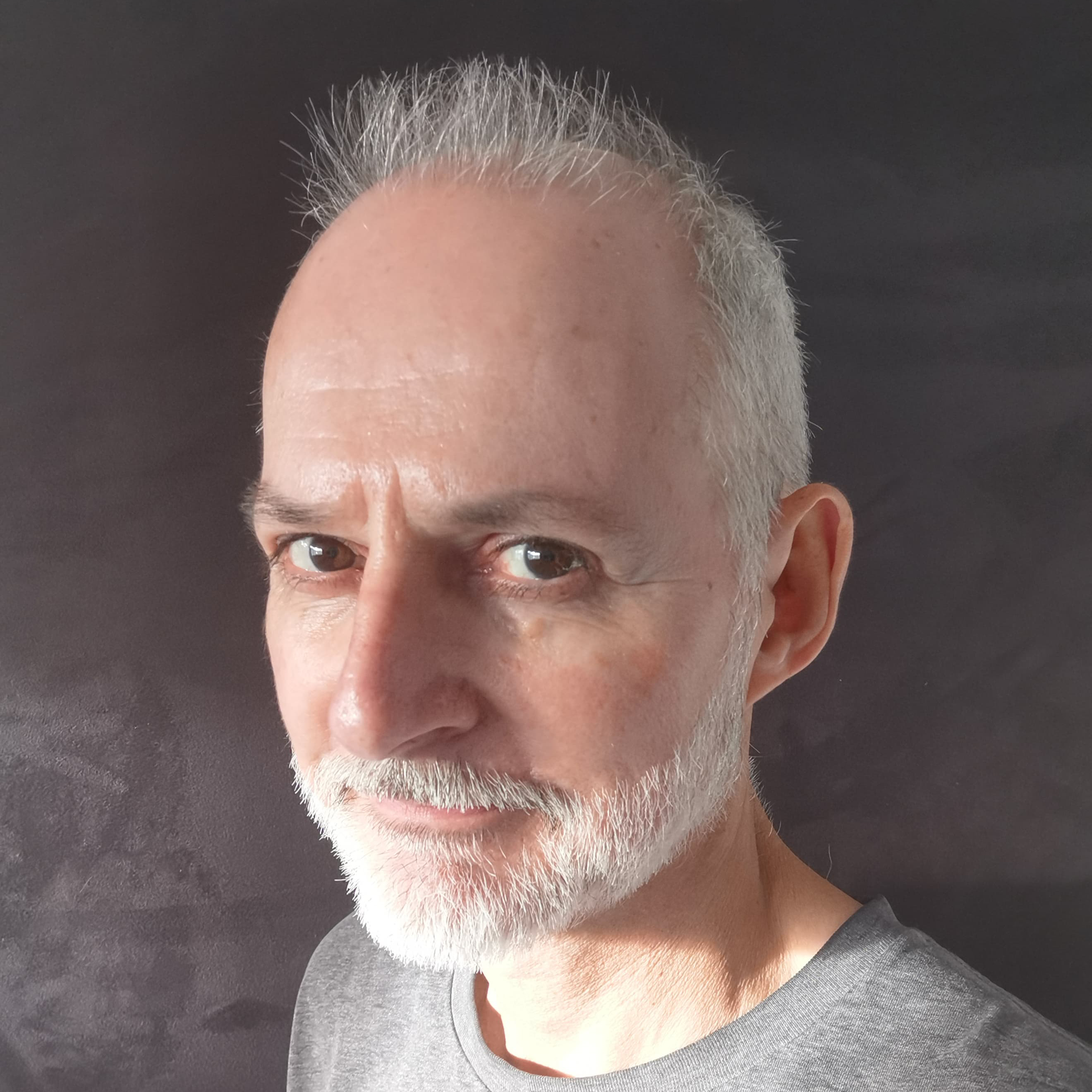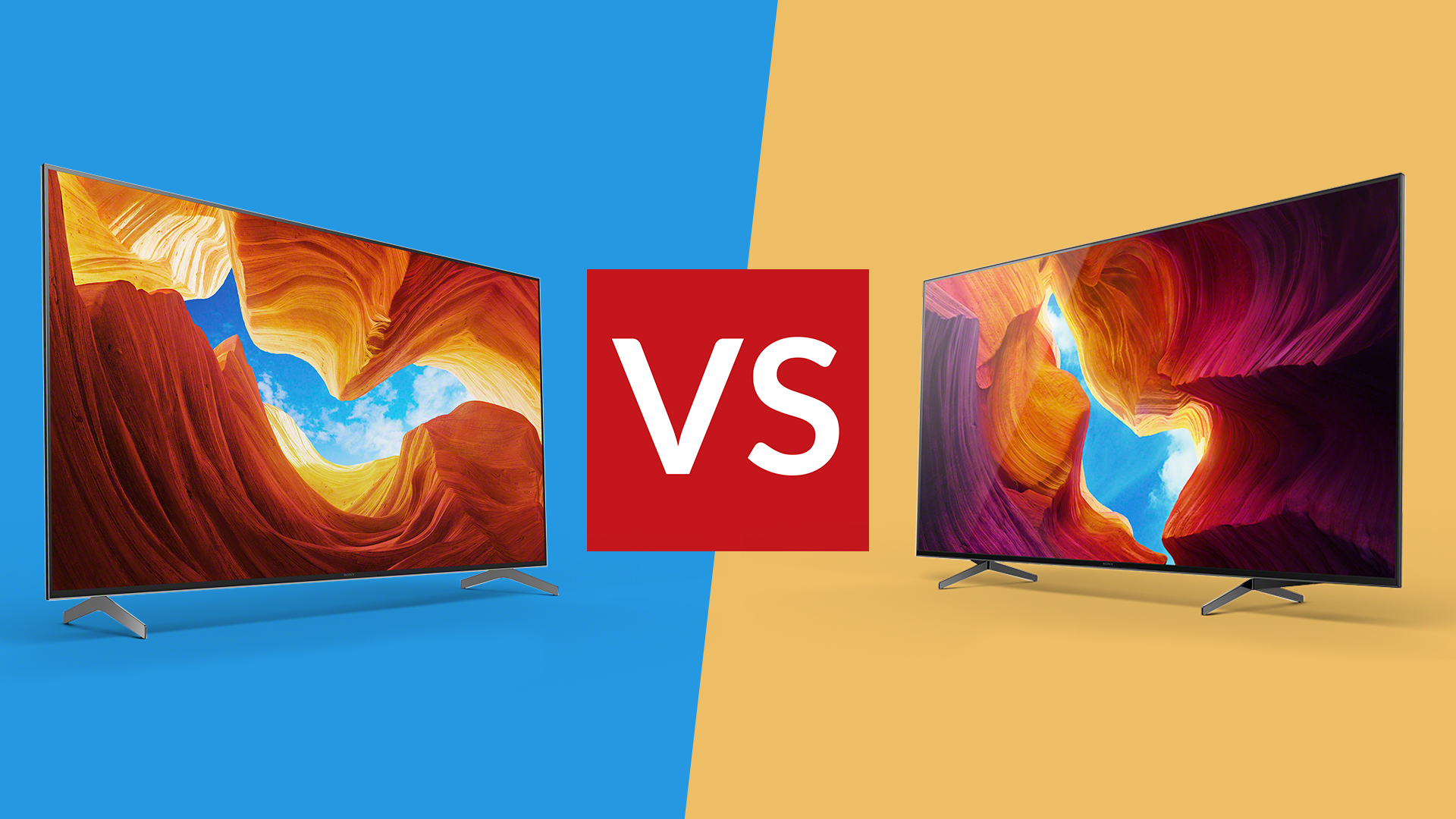
If you're looking at buying Sony 4K TV, then you've probably faced the question of the Sony XH90 vs Sony XH95 (although there's now the X90J alternative to consider too). These sets are a reminder of why Sony is renowned for the poise and performance of its TVs.
Effortlessly minimalist, with lauded picture processing, they tend to stand apart from the competition, which is why both the XH90 and XH95 models have featured in our list of the best TVs at one time or another. Unfortunately, they don’t clearly stand out from each other in naming terms, which can make choosing between models a challenge for all but the most forensic of buyers.
In the case of the Sony XH90 and XH95, you're looking at two models that share similar specs and design elements, and both feature in our list of the best TVs under £1000. However, we rate one of them as offering clearly better picture quality, and only one of them finds its way into our list of the best gaming TVs due some big feature differences. So which should you go for and how exactly do they compare? Let's break it all down.
Sony XH90 vs Sony XH95: Price
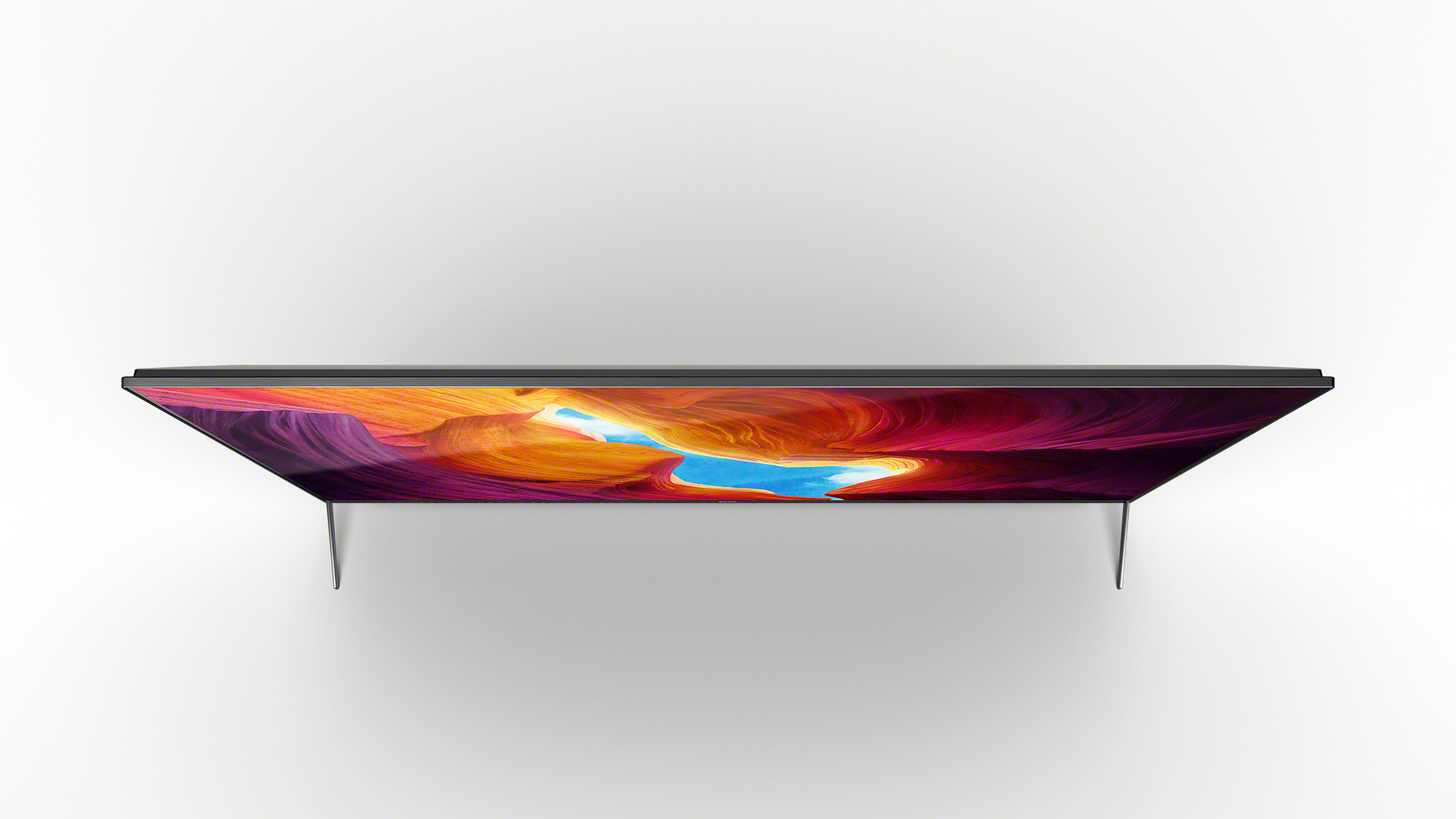
The Sony XH95, viewed from above. Though it might as well also be the XH90, to be honest.
Both of these Sony sets occupy the upper mid-range of the LED LCD TV market, a sweet spot between performance limited cheapies and high-end screens. Key rivals are LG NANO 90 TV, and the Samsung Q80T and Samsung Q90T 4K QLED range.
The XH95 series is available in five screen sizes: the 49-inch KD-49XH9505, 55-inch KD-55XH9505, 65-inch KD-65XH9505, 75-inch KD-75XH9505 and 85-inch KD-85XH9505. Officially, these are priced at £1,049, £1299, £1699, £2599 and £3499 respectively, but they can always be found cheaper than this – you can see the latest prices below.
The step-down XH90 series comes in just four screen sizes, comprising the 55-inch KD-55XH9005, 65-inch KD-65XH9005, 75-inch KD-75XH9005 and 85-inch KD-85XH9096. They’re officially priced at £1149, £1299, £1899 and £2799 respectively, but again can be found for much less than this – here are the latest prices.
Sony XH90 vs Sony XH95: Design and connectivity
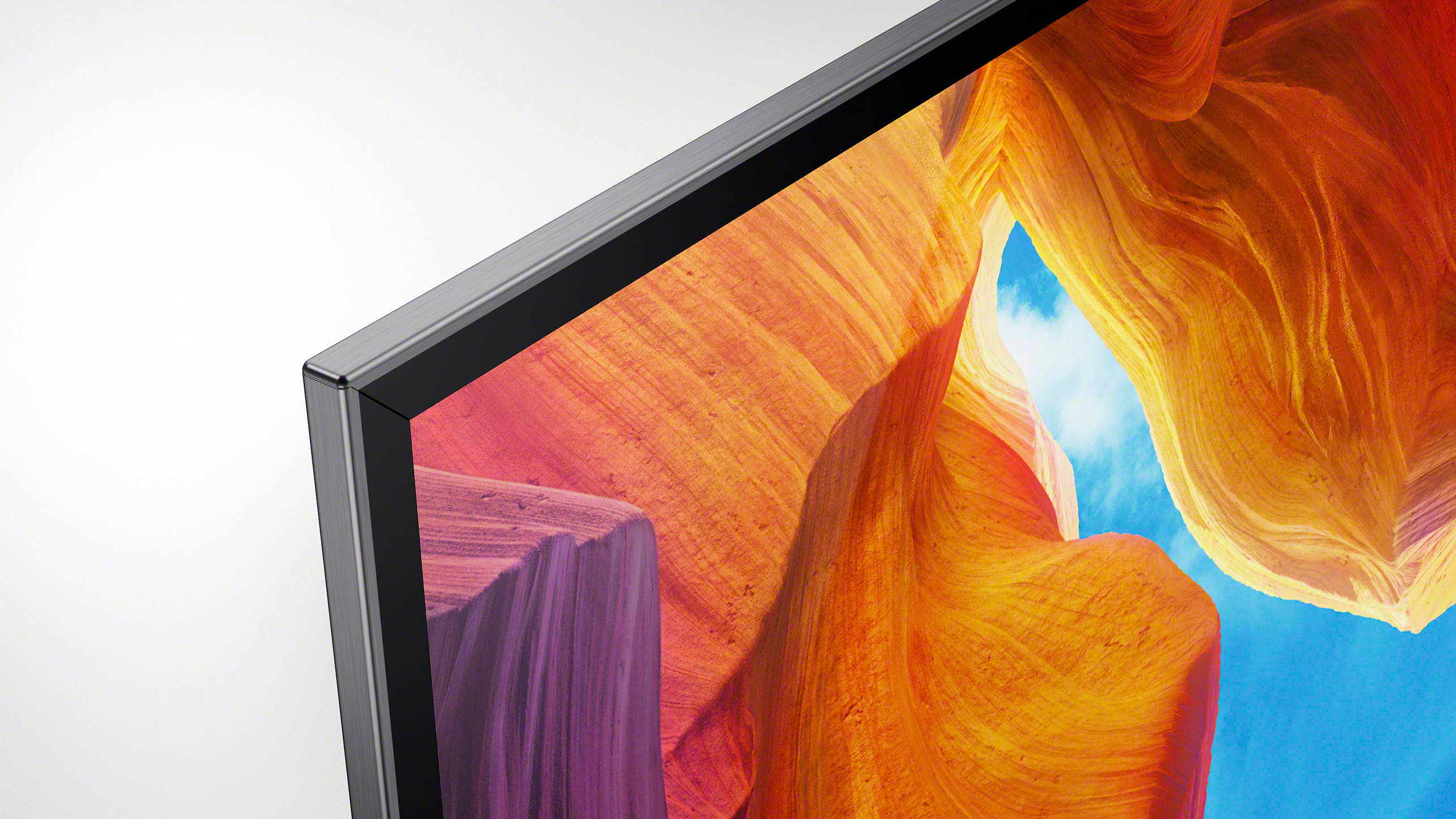
The Sony XH95's corner.
You may not expect much of a difference between these two competing screens when it comes to aesthetics, but key differences will help you tell them apart in a crowd.
Sign up to the T3 newsletter for smarter living straight to your inbox
Get all the latest news, reviews, deals and buying guides on gorgeous tech, home and active products from the T3 experts
While both TVs are fashionably thin, the step-up XH95 is just a little more polished, thanks to an aluminium Flush Surface bezel. 55-, 65- and 75-inch models also come with a 2-Way Blade Stand. This gives you the option of fixing the supporting feet either at the edge of the screen, or moving them closer to the middle, which opens up more choice when it comes to placing it on your furniture.
Both models have a direct full-array backlight and comparable depth, a price worth paying over thinner edge-lit screens when you weigh in picture benefits.
But while the TVs look much the same switched off, you’ll notice the key differences when they’re on.
For one thing, the cheaper XH90 lacks the X-Wide Angle viewing technology found on its stablemate. This means the picture when you’re viewing from off centre isn’t quite as good, which could be crucial depending on how your viewing room is arranged. The XH90 loses contrast and colour intensity when spied from the side.
There’s also a difference in remote control between models. The XH90 has a standard remote, while the XH95 ships with a fancy backlit aluminium wand.
A cursory glance suggests the same connectivity. Both ranges have four HDMI inputs, a pair of USB inputs and Ethernet. Wireless support is also uniform, and covers Wi-Fi, Bluetooth, Apple AirPlay and Chromecast.
Bizarrely though, it’s the cheaper XH90 which holds more appeal for gamers, as it and not the XH95 is the beneficiary of some HDMI v2.1 functionality, specifically 4K at 120Hz. VRR (Variable Refresh Rate) and ALLM (Auto Low Latency) are also due imminently, via an update. Two of its ports support these features; none of the XH95's does.
Both ranges share exactly the same smart TV platform. The soup de jour here is Android 9.0, which comes with a full pantry of streaming services as well as Google Assistant. The sets lack Freeview Play, so instead we get YouView which ensures mainstream catch-up services are on-board.
Sony XH90 vs Sony XH95: Picture and sound performance
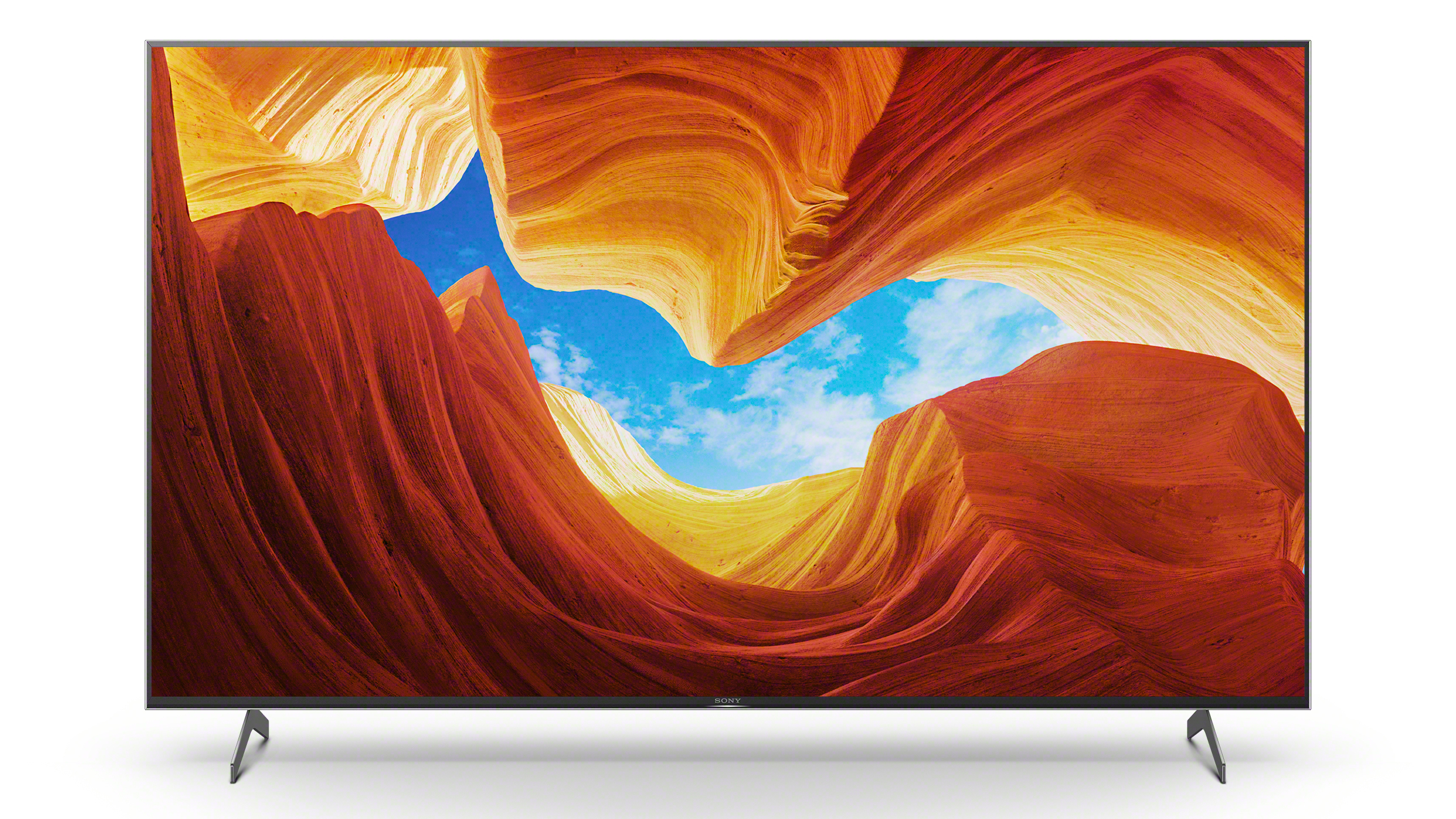
The Sony XH90 viewed from the front.
There are significant differences between the XH90 and XH95 series when it comes to picture quality. The XH90 features Sony’s X1 4K HDR picture processor, while the XH95 sports more accomplished X1 Ultimate silicon, which is particularly impressive when asked to upscale everyday HD SDR.
The XH95 also has X-tended Dynamic Range Pro, giving it greater overall brightness. These benefits are enough to confer it with IMAX Enhanced certification. There’s also Ambient Optimization, allowing the set to adapt its performance to local viewing conditions.
HDR support is the same on both models, and extends to HLG and Dolby Vision, the former handy for BBC iPlayer and Sky Q, the latter a mainstay for Netflix.
The XH95 also pips the XH90 in the audio stakes, boasting Acoustic Multi-Audio with bi-Amp technology on the 55-, 65- and 75-inch screens – it's very impressive, and may mean you don't feel the need to invest in one of the best soundbars (at least, not right away). Power output is the same on both models at 2x10W.
Sony XH90 vs Sony XH95: The Verdict
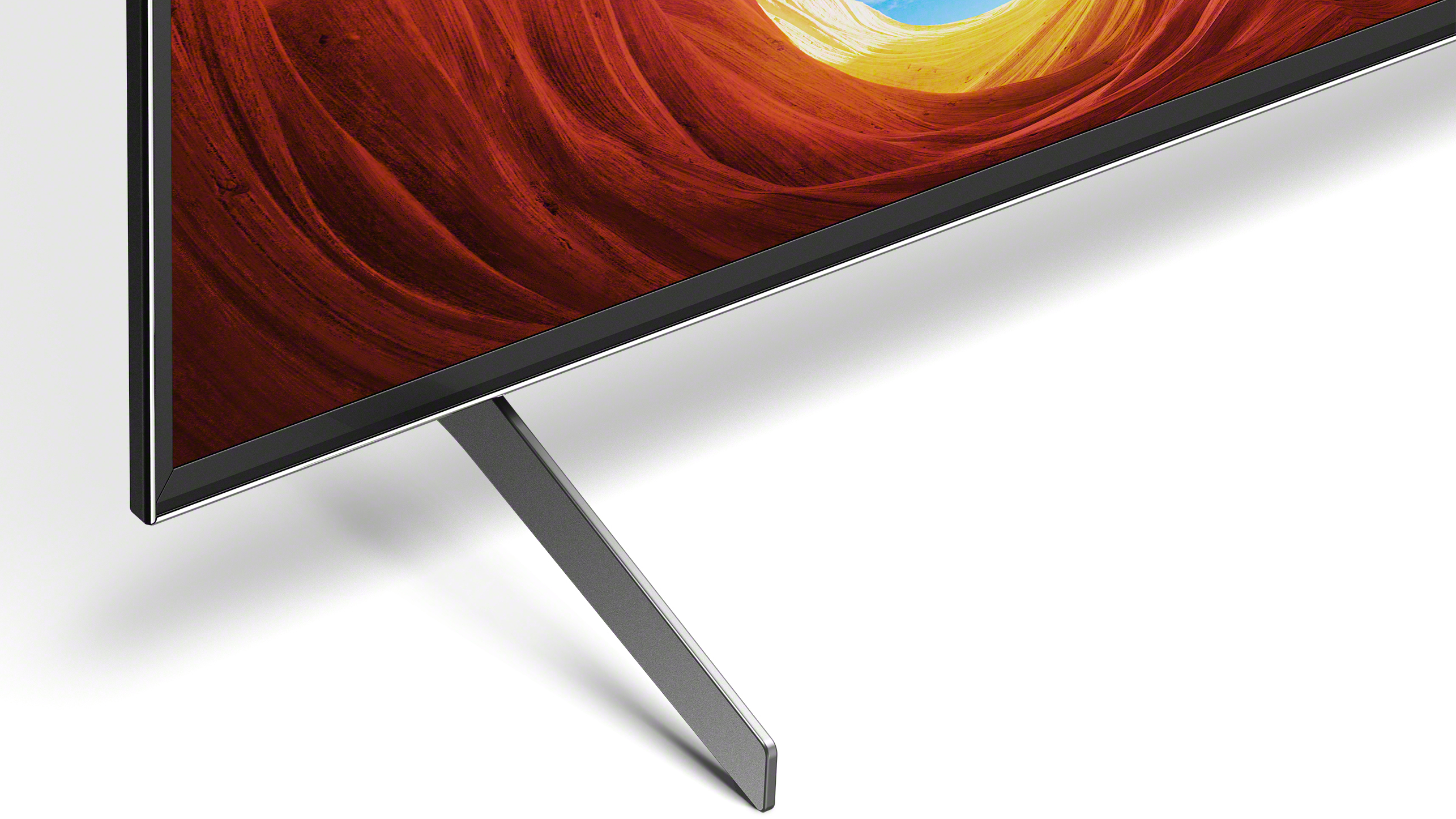
The Sony XH90's feet.
Despite their similar designation, there are actually quite a few differences between the XH90 and XH95 – but choosing between them is complicated by some baffling positioning by Sony.
For a relatively small premium, the XH95 offers a slew of improvements over its stablemate, and would be our recommended choice for most people. It enjoys a more polished design, comes with a nicer remote control and has a number of key picture quality advantages.
It looks better when watching off angle, thanks to X-Wide Angle viewing technology, and pictures have more pop, due largely to its X-tended Dynamic Range Pro provision. The screen also comes with a better audio system. For home cinema fans, the XH95 is unquestionably the better buy.
But if you’re a serious gamer, then opt for the cheaper XH90, as it’s that screen which enjoys 120fps support, as offered by the PlayStation 5 and Xbox Series X. Quite why this more accommodating HDMI support finds itself on the less refined model is one of those curious spec aberrations that seems to make little sense. But given the XH90 is the cheaper model, there’s definitely a win to be had for value gaming.
Adding another twist to the whole thing is that fact that the XH90 doesn't offer any models below 55 inches, while the XH95 has the valuable 49-inch model, which may be all that fits in some people's rooms. And though we keep talking about the XH90 being the cheaper model, that's only true when comparing the same sizes – the cheapest XH95 is basically the same price as the cheapest XH90, because of the smaller size.
So, if picture quality alone is your priority, choose whichever XH95 size works best for you. If need a 50-inch TV, you'll also have to go XH95. If your want to balance gaming performance with picture quality, the XH90 is the better choice, and you should also choose it if you want the biggest screen size for the least money.
For over 25 years, Steve has been casting his keen eyes and ears over the best that the world of TV and audio has to offer. He was the creator of Home Cinema Choice magazine, and contributes to huge range of technology, home and music titles along with T3, including TechRadar, Louder, Ideal Home, the i newspaper, and more.
-
 This is the sound of BMW's upcoming Neue Klasse EVs
This is the sound of BMW's upcoming Neue Klasse EVsHas BMW cracked the problem of making EVs sound fun with its next-gen soundscape for its Neue Klasse cars
By Alistair Charlton
-
 Build unshakeable core strength with a kettlebell and these three exercises
Build unshakeable core strength with a kettlebell and these three exercisesAdd this to the end of your workout to fire up your midsection muscles
By Bryony Firth-Bernard
